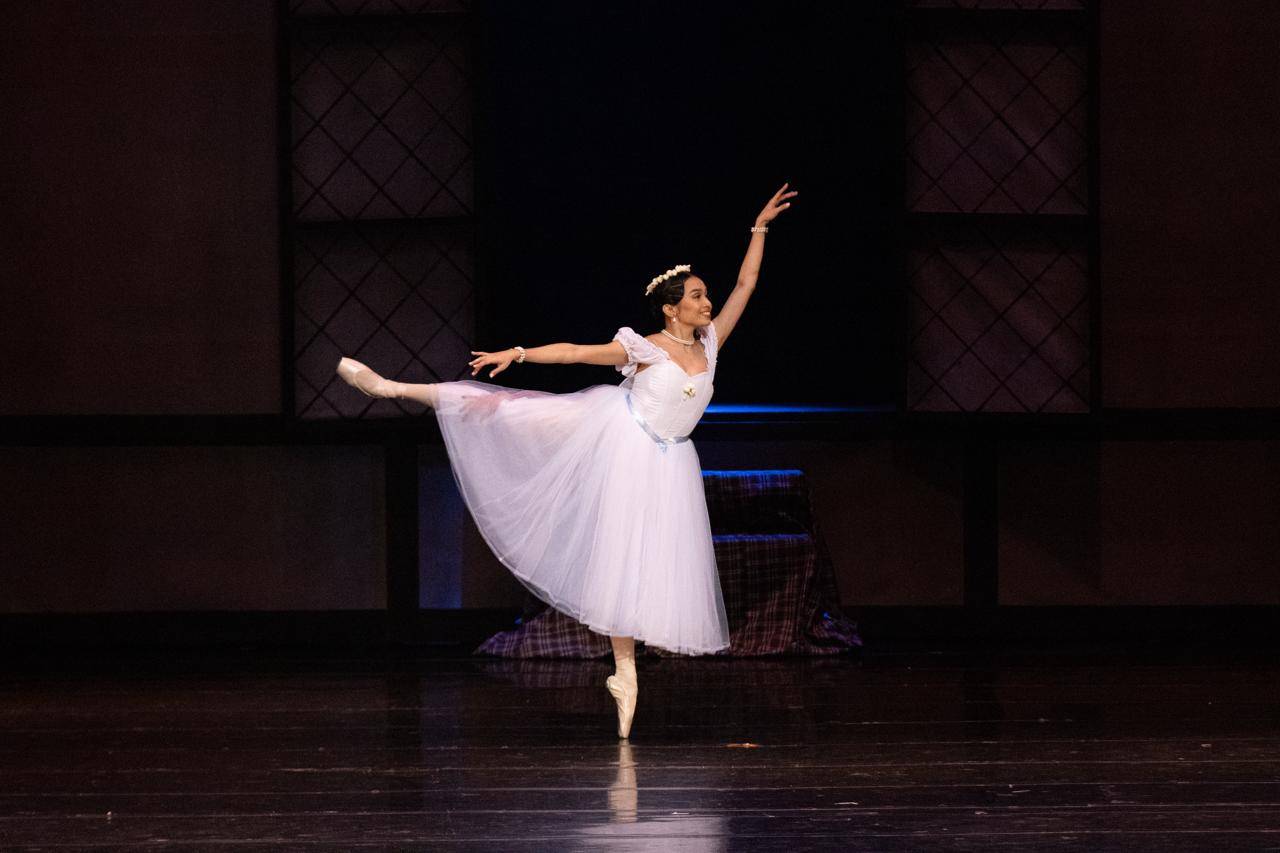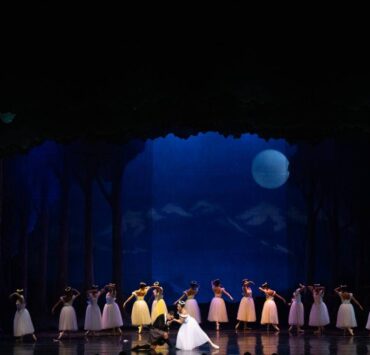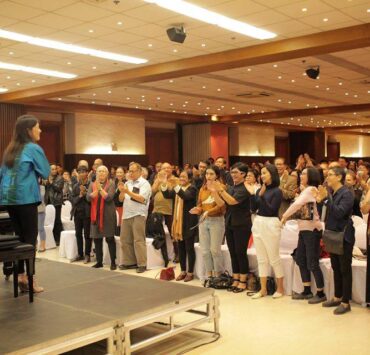On becoming the Sylph: ‘I felt the weight of responsibility’

I am Jemima Reyes, principal dancer of Ballet Philippines (BP). I played the role of the Sylph in the company’s 55th season opener, “La Sylphide.” This is a role that has been performed by one of the most iconic ballerinas in the history of dance, Marie Taglioni. Known for changing the landscape of dance during the earliest ballet times, she was often given the credit (and the blame) for rising all the way to the tips of her toes to dance en pointe. This is the way we dance today. Ballerinas dance with their pointe shoes, which is hard on the toes.
Is it painful? I won’t lie; the answer is definitely yes. We train extensively, which makes it easier for us to dance this way. We do it despite the difficulty because that is what this ballet is about. We create the illusion that ballerinas float, leaving a magical experience for the audience. That was precisely the goal of the iconic ballerina Taglioni.
Danced by prima ballerinas“La Sylphide” is iconic not only in the history of BP but also on the world stage. I felt the weight of responsibility. The role has been performed by the most legendary ballerinas internationally. Not only did we stage it for the first time at BP, but we are also presenting it after many years on the Philippine stage.
The excitement wasn’t only for “La Sylphide” being staged after so long; it was also the anticipation of how it would be presented again after its very successful run in 1991 by Philippine Ballet Theater, led by the prima ballerinas Anna Villadolid and Lisa Macuja-Elizalde, who both shared the titular role of the Sylph.

I could only imagine how successful and unforgettable it was, as people today still remember the show clearly. That kind of memory from people means that this ballet is historic. Villadolid and Macuja-Elizalde brought the show to the country, leaving audiences in awe of how exceptional it is. Having heard the beautiful memories from so many people about that time, imagine how I felt when I found out that I would be cast as the Sylph.
ChallengesBallet, at all costs, is never easy. “Was it challenging?” I was asked. Ballet, whatever the production, will always be challenging. In fact, ballet never gets easier. Over the years, I have been lucky enough to meet a few international ballet stars who shared the same sentiments. Ballet is hard.
This role was particularly challenging. It involved a lot of personal research and imagination. My mind needed to level up my own creativity, but I was fortunate to receive a lot of help from others. In reality, Western mythical creatures are portrayed differently from what we know from Filipino folklore. More research had to be done, I thought. I’ve never heard much about sylphs. Maybe the closest idea to a sylph would be our diwata. Luckily, with the internet, I was able to see how this role is danced.
Another challenge I encountered was in the dancing itself. I initially miscalculated. This ballet doesn’t involve a lot of turning (pirouettes and fouettés), which many dancers find intimidating. At first, I smiled at the idea that this must be my lucky ballet because I wouldn’t have to worry about the usual big ballet tricks. But as I progressed in learning, I realized this ballet character, who appears so soft and airy, requires a great deal of control. All the balances and the contrast of the feet were fast while the upper body remained unbothered.
Still, without such challenges, we wouldn’t be able to explore our personal limits. That’s one of the many things I’m thankful for in dance—it keeps us wanting to be better, both in dance and in life.
Gratitude is all I have after my performance as the Sylph in BP’s “La Sylphide.” This is yet another historic moment for the dance company. After all the hard work we put in, it was heartening to know people appreciated the show. We want the audience to feel that we value their appreciation. The show wouldn’t have been as successful without the support of this wonderful community. —CONTRIBUTED INQ

















